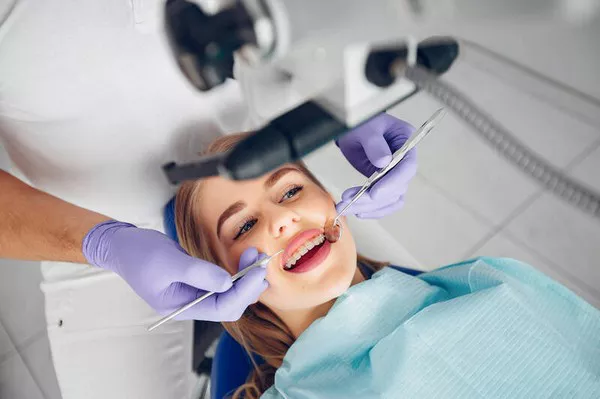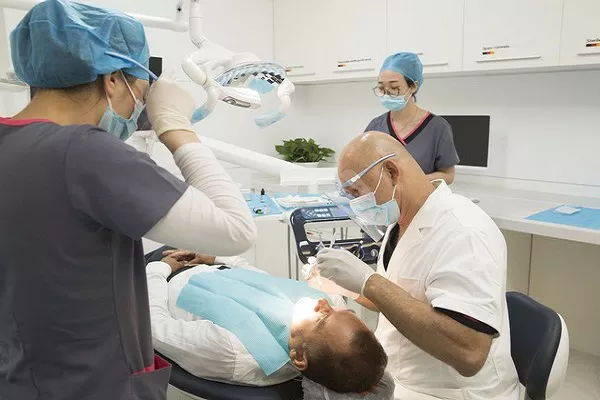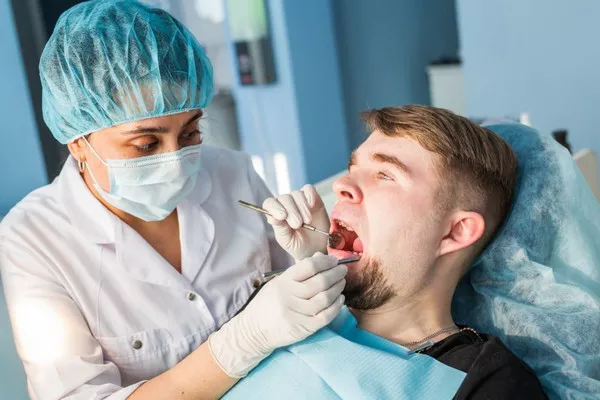Becoming an orthodontic hygienist is a pathway to a fulfilling and essential career in the field of oral health. Orthodontic hygienists play a crucial role in assisting orthodontists, providing specialized care to patients undergoing orthodontic treatment. If you’re considering this career path, it’s important to understand the educational journey and the time commitment required to become an orthodontic hygienist. In this article, we delve into the steps involved in becoming an orthodontic hygienist and explore the timeline for achieving this goal.
The Role of an Orthodontic Hygienist
An orthodontic hygienist is a dental professional who specializes in providing oral hygiene care to patients with braces, aligners, and other orthodontic appliances. Their responsibilities include educating patients on proper oral hygiene practices, assisting with orthodontic procedures, and maintaining a clean and healthy oral environment throughout the course of orthodontic treatment.
Educational Pathways to Becoming an Orthodontic Hygienist
Becoming an orthodontic hygienist involves completing specific educational and training requirements:
High School Diploma or Equivalent: The first step is to obtain a high school diploma or its equivalent.
Completion of a Dental Hygiene Program: To become a dental hygienist, you must enroll in an accredited dental hygiene program. These programs are typically offered at community colleges, technical schools, or universities. The program usually takes about 2 to 3 years to complete.
Obtain Licensure: After successfully completing the dental hygiene program, you need to obtain a state license to practice as a dental hygienist. Licensure requirements vary by state and typically include passing written and clinical exams.
Gain Experience as a Dental Hygienist: Before specializing in orthodontics, you will need to gain experience as a general dental hygienist. This experience is valuable in building your skills and understanding of dental procedures.
Pursue Additional Training in Orthodontics: To become an orthodontic hygienist, you can pursue additional training or certifications specifically focused on orthodontics. These programs provide specialized knowledge and skills related to orthodontic procedures and patient care.
Duration of the Educational Journey
The timeline to become an orthodontic hygienist can vary based on individual factors and the educational path you choose:
High School Diploma or Equivalent: 4 years (varies based on educational system).
Dental Hygiene Program: 2 to 3 years, depending on the program structure.
Obtain Licensure: The licensure process can take a few months to complete, including preparing for and passing the required exams.
Gain Experience: Working as a general dental hygienist typically involves several years of experience, during which you’ll develop your skills and gain practical knowledge.
Additional Training in Orthodontics: Specialized training in orthodontics can range from a few months to a year, depending on the program and the depth of knowledge you’re seeking.
Total Timeline: In general, the timeline to become a licensed and specialized orthodontic hygienist can range from 4 to 7 years or more, depending on your chosen educational path and the time it takes to gain experience and additional training.
Benefits of Becoming an Orthodontic Hygienist
While the educational journey to become an orthodontic hygienist requires dedication, the rewards are worth it:
Meaningful Work: Orthodontic hygienists contribute to the oral health and well-being of patients undergoing orthodontic treatment.
Specialized Knowledge: Specialized training in orthodontics allows you to provide tailored care to patients with specific orthodontic needs.
Career Growth: Specializing in orthodontics can open doors to career advancement and opportunities to work in specialized orthodontic practices.
Fulfilling Relationships: Building relationships with patients as you guide them through their orthodontic journey is rewarding and fulfilling.
Conclusion
Becoming an orthodontic hygienist requires dedication, education, and a commitment to excellence in oral health care. The journey involves completing a dental hygiene program, gaining licensure, and obtaining specialized training in orthodontics. While the timeline can vary based on individual circumstances and the educational path you choose, the opportunity to provide specialized care to patients undergoing orthodontic treatment is both rewarding and fulfilling. If you’re passionate about oral health, enjoy working with patients, and are interested in the field of orthodontics, the role of an orthodontic hygienist may be the perfect fit for your career aspirations.
Related Topics:
































